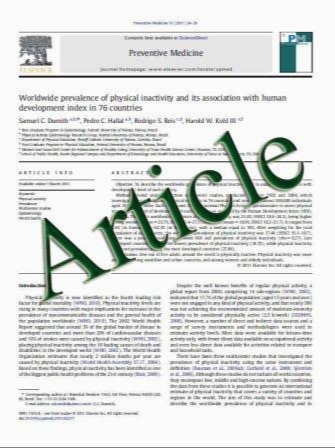Reversible auditory brainstem responses screening failures in high risk neonates
- نوع فایل : کتاب
- زبان : انگلیسی
- مؤلف : Ioannis Psarommatis · Vasiliki Florou · Marios Fragkos · Eleytherios Douniadakis · Alexandra Kontrogiannis
- چاپ و سال / کشور: 2011
Description
This work is aimed at assessing the frequency of occurrence of reversible auditory brainstem responses (ABR) abnormalities within a targeted hearing screening program for high risk (HR) newborns. The eVect of age on screening is also evaluated and some important clinical issues are highlighted. The audiological records of 1,294 HR neonates were retrospectively reviewed. All children were tested for hearing loss using ABR within a 17-year period. Initial failures were re-examined 4–6 months later. The mean age of infants who scored “pass” and “refer” at initial test, as well as the referral rates were calculated and compared. One hundred and seventy-eight infants (13.8%) demonstrated abnormal recordings at initial screening. From those who were present on re-examination, 64.2% showed complete and 15% partial recovery. Reversible abnormalities have been detected not only for conductive threshold elevation but also for sensorineural losses. Remarkably, 50% of the cases with absent waveforms or ABR threshold ¸80 dBnHL demonstrated complete recovery to normal. Statistically, higher rates of abnormal results were inversely associated with the newborn’s age at initial testing. In conclusion, reversible ABR abnormalities are common among HR infants due to temporary auditory dysfunction, secondary to external and middle ear pathology or retarded central nervous system maturation. The observed high rates of transient ABR abnormalities give rise to some practical questions regarding the implementation time of hearing screening for HR infants. Moreover, given that central nervous system maturation changes may still be in progress, the deWnite decision for an early cochlear implantation in this pediatric subset should be made after obtaining reliable behavioral hearing tests.
Eur Arch Otorhinolaryngol (2011) 268:189–196, Received: 9 June 2010 / Accepted: 2 August 2010 / Published online: 15 August 2010 © Springer-Verlag 2010


